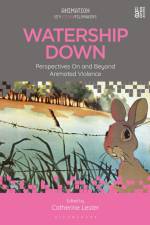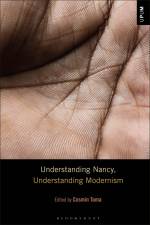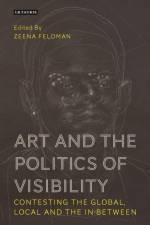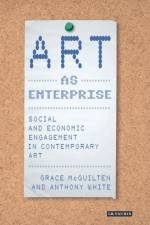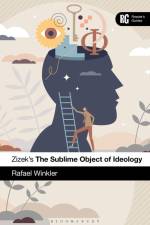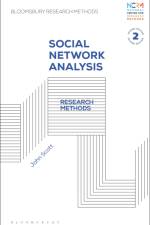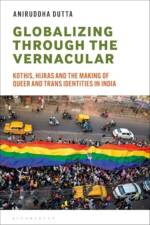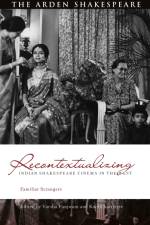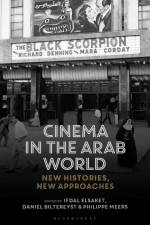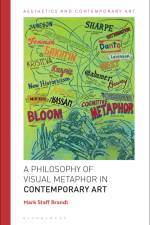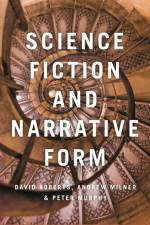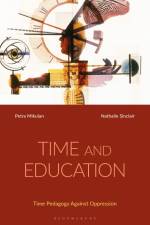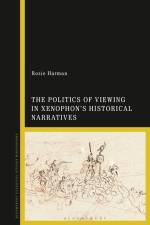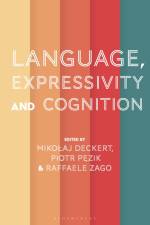av Irina D Mihalache
695,-
Cookbooks. Menus. Ingredients. Dishes. Pots. Kitchens. Markets. Museum exhibitions. These objects, representations, and environments are part of what the volume calls the material cultures of food. The book features leading scholars, professionals, and chefs who apply a material cultural perspective to consider two relatively unexplored questions: 1) What is the material culture of food? and 2) How are frameworks, concepts, and methods of material culture used in scholarly research and professional practice? This book acknowledges that materiality is historically and culturally specific (local), but also global, as food both transcends and collapses geographical and ideological borders. Contributors capture the malleability of food, its material environments and "stuff," and its representations in media, museums, and marketing, while following food through cycles of production, circulation, and consumption. As many of the featured authors explore, food and its many material and immaterial manifestations not only reflect social issues, but also actively produce, preserve, and disrupt identities, communities, economic systems, and everyday social practices. The volume includes contributions from and interviews with a dynamic group of scholars, museum and information professionals, and chefs who represent diverse disciplines, such as communication studies, anthropology, history, American studies, folklore, and food studies.

